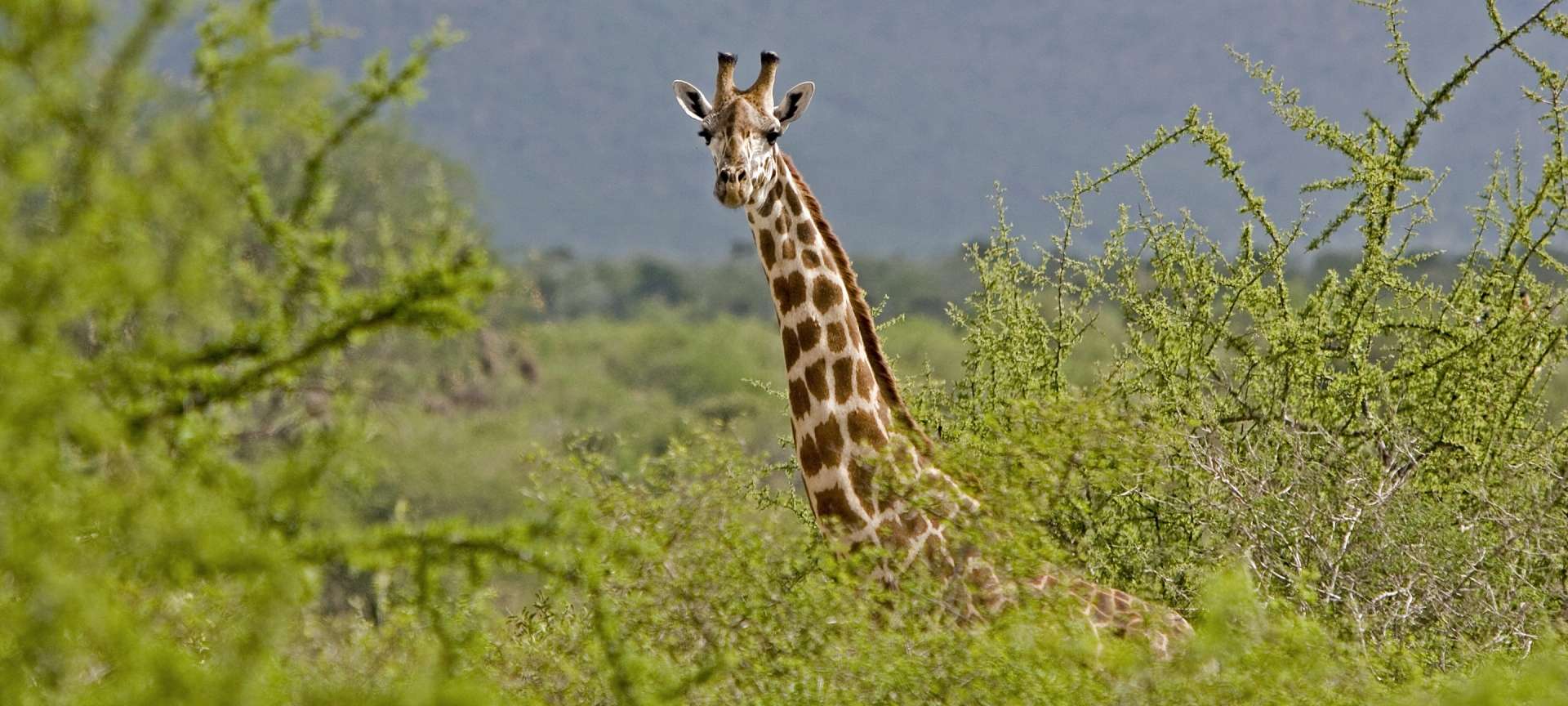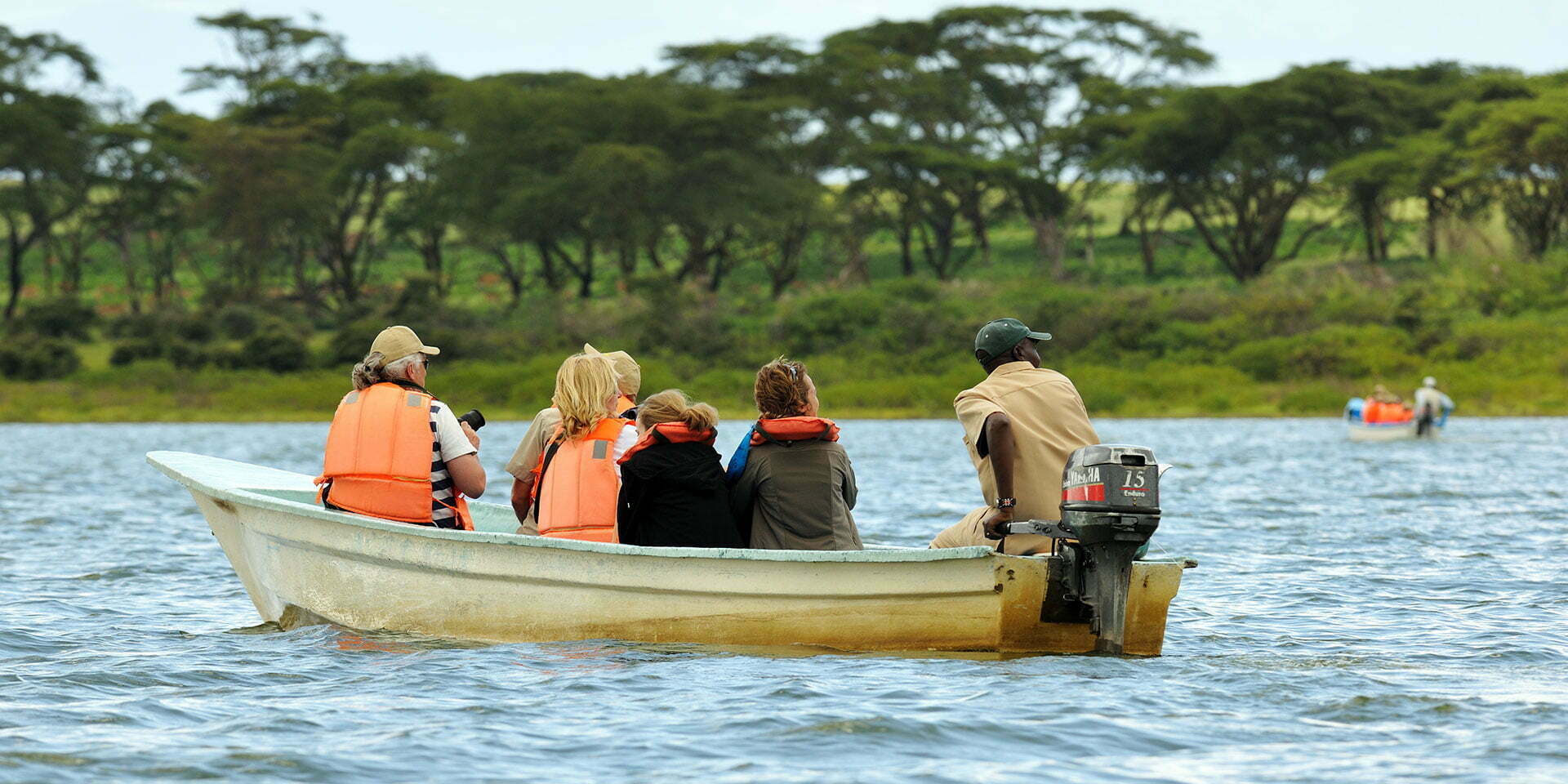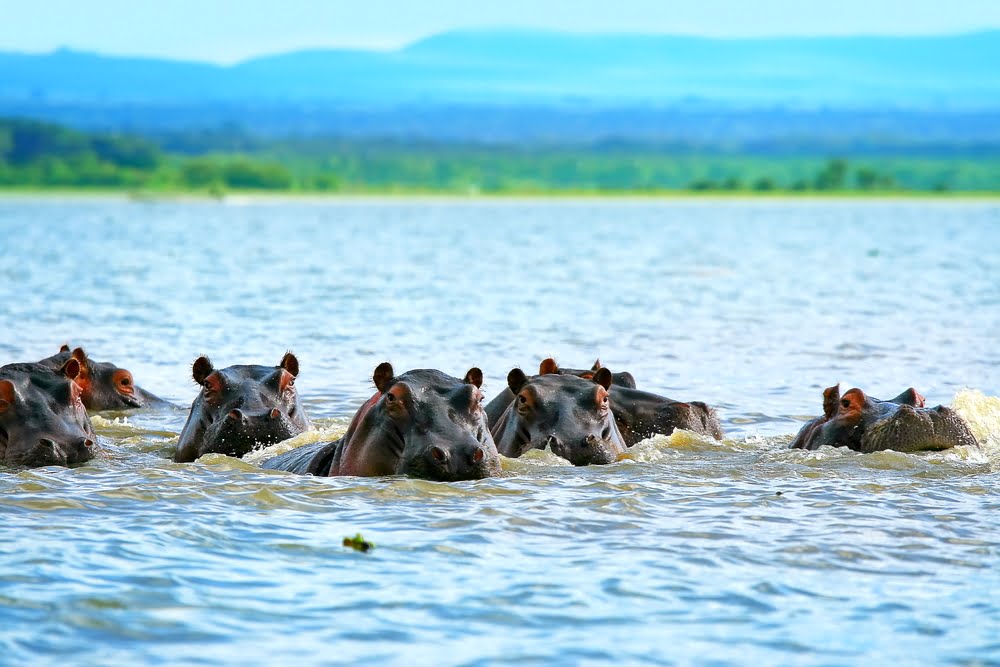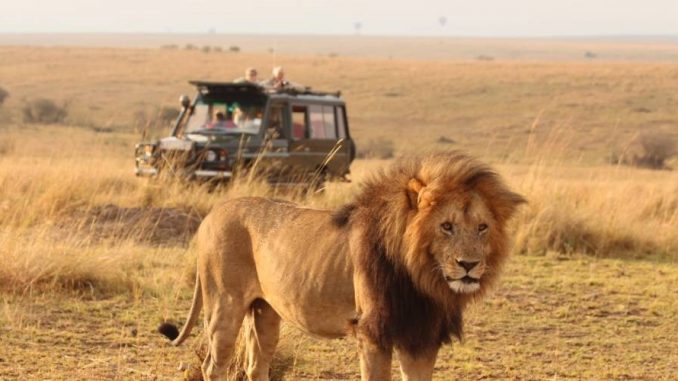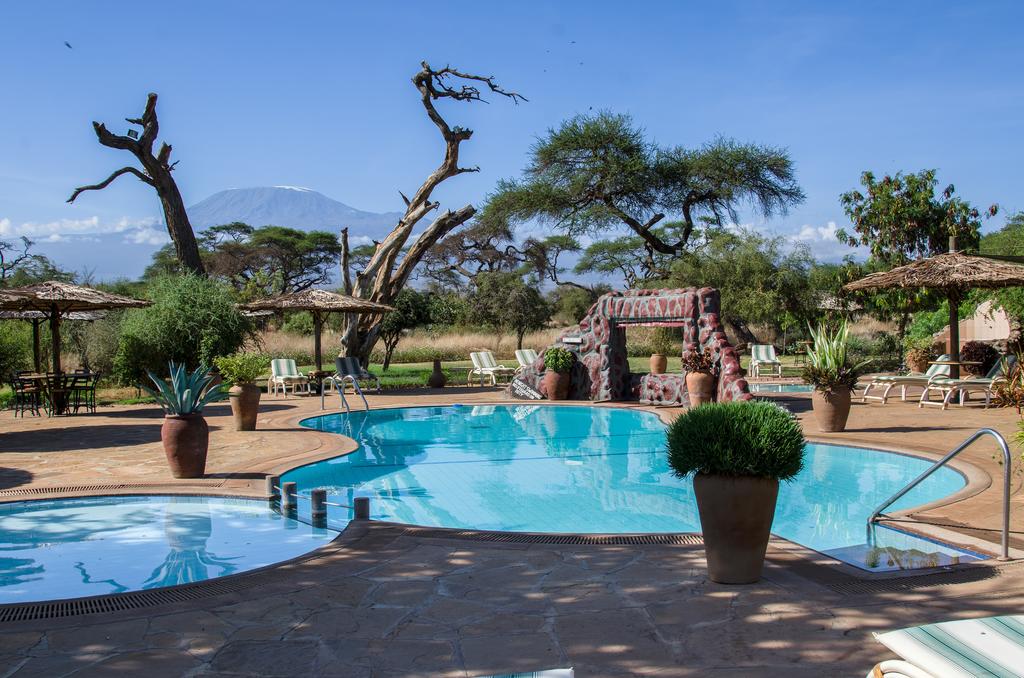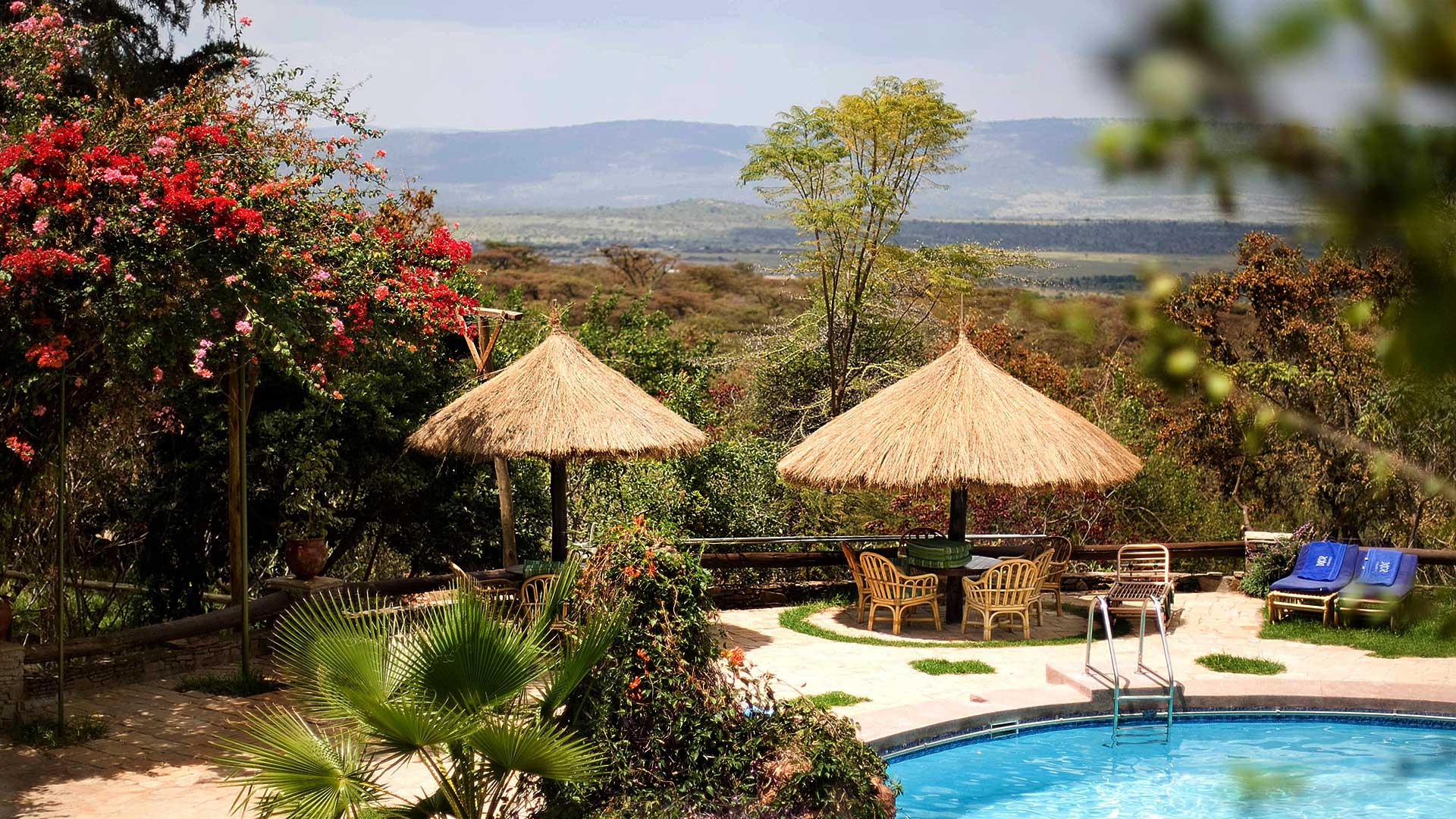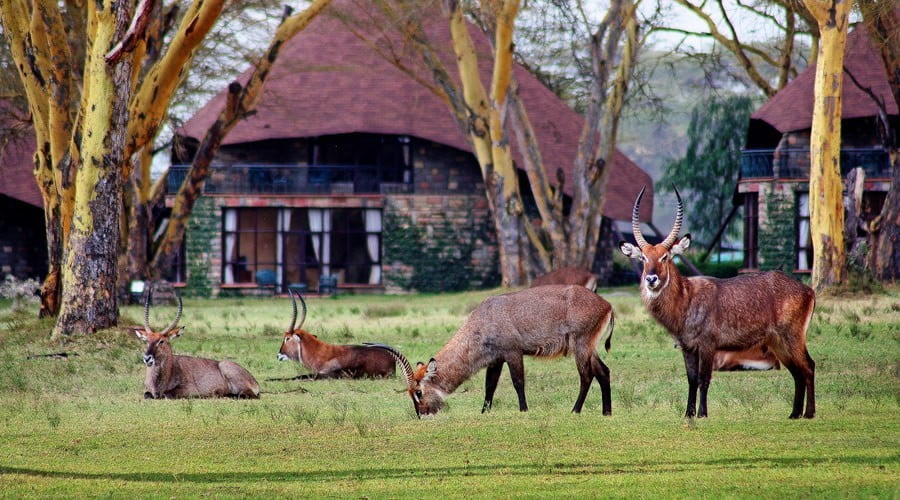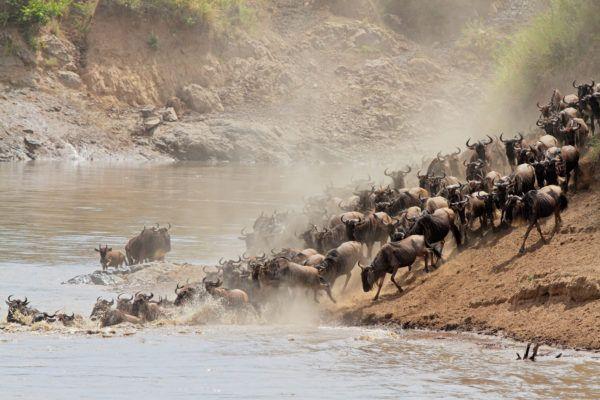Description
This huge park is split into two by the main Nairobi to Mombasa highway and covers a total area of around 2,000 sq km. The park is quite arid with only two permanent rivers but its flat landscape is dotted with hills and baobab trees, making it extremely attractive. Tsavo is still famous for the legends of man-eating lion and its ‘red’ elephants, so called because of the red murrum earth with which they spray themselves. Most game congregates among the acacia and raphia palms, which line the riverine areas. Common spots include elephant, buffalo, ostrich, gazelle, giraffe, zebra and the accompanying predatory cats. Less frequent sightings are gerenuk, fringe-eared oryx and Hunters hartebeest. Popular attractions in the park are the Lugard Falls, Yatta Plateau (which is the world’s longest lava flow) and Mzima Springs. Here there is an underground viewing platform to observe crocodile, hippo and the various fish under water.
Amboseli lies immediately north-west of Mount Kilimanjaro, on the border with Tanzania. The Park covers 392 square km, and forms part of the much larger 3,000 square km Amboseli ecosystem. Amboseli lies immediately north-west of Mount Kilimanjaro, on the border with Tanzania. The Park covers 392 square km, and forms part of the much larger 3,000 square km Amboseli ecosystem. Large concentrations of wildlife occur here in the dry season, making Amboseli a popular tourist destination. It is surrounded by six communally owned group ranches. Amboseli is famous for its big game and its great scenic beauty; the landscape is dominated by the towering Mount Kilimanjaro.
The National Park embodies five main wildlife habitats (open plains, acacia woodland, rocky thorn bush country, swamps and marshland) and covers part of a Pleistocene lake basin, now dry. Within this basin is a temporary lake, Lake Amboseli, that floods during years of heavy rainfall.
Major Attractions: Mount Kilimanjaro; Observation Hill which allows an overall view of the whole park especially the swamps and elephants; Swamp below observation hill hosts many elephants, buffaloes, hippos and a variety of water fowl like pelican; Egyptian goose; contemporary Maasai culture and indigenous lifestyle; herds of elephants.
Lake Naivasha is a beautiful freshwater lake, fringed by thick papyrus. The lake is almost 13kms across, but its waters are shallow with an average depth of five meters. Lake area varies greatly according to rainfall, with an average range between 114 and 991 sq. kms. At the beginning of the 20th Century, Naivasha completely dried up and effectively disappeared. The resulting open land was farmed, until heavy rains a few years later caused the lake to return to existence, swallowing up the newly established estates. Afternoon wind and storms can cause the Lake to become suddenly rough and produce high waves. For this reason, the local Maasai christened the lake Nai’posha meaning ‘rough water’.
Maasai Mara National Reserve is an area of preserved savannah wilderness in southwestern Kenya, along the Tanzanian border. Its animals include lions, cheetahs, elephants, zebras and hippos. Wildebeest traverse its plains during their annual migration. The landscape has grassy plains and rolling hills, and is crossed by the Mara and Talek rivers. The area nearby is dotted with villages (enkangs) of Maasai people.

